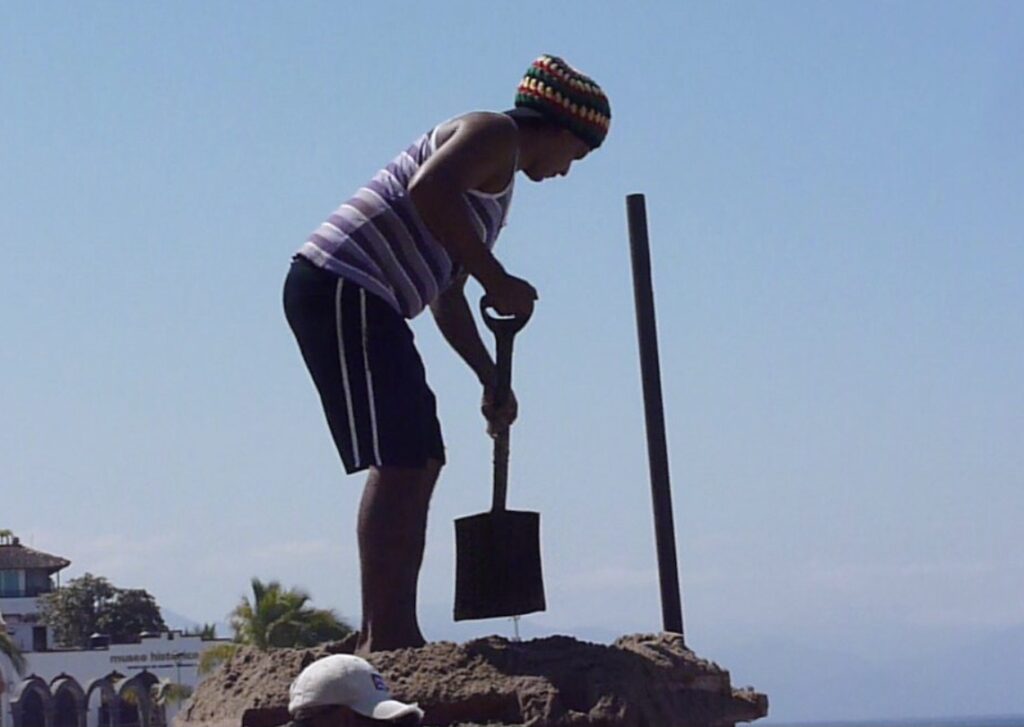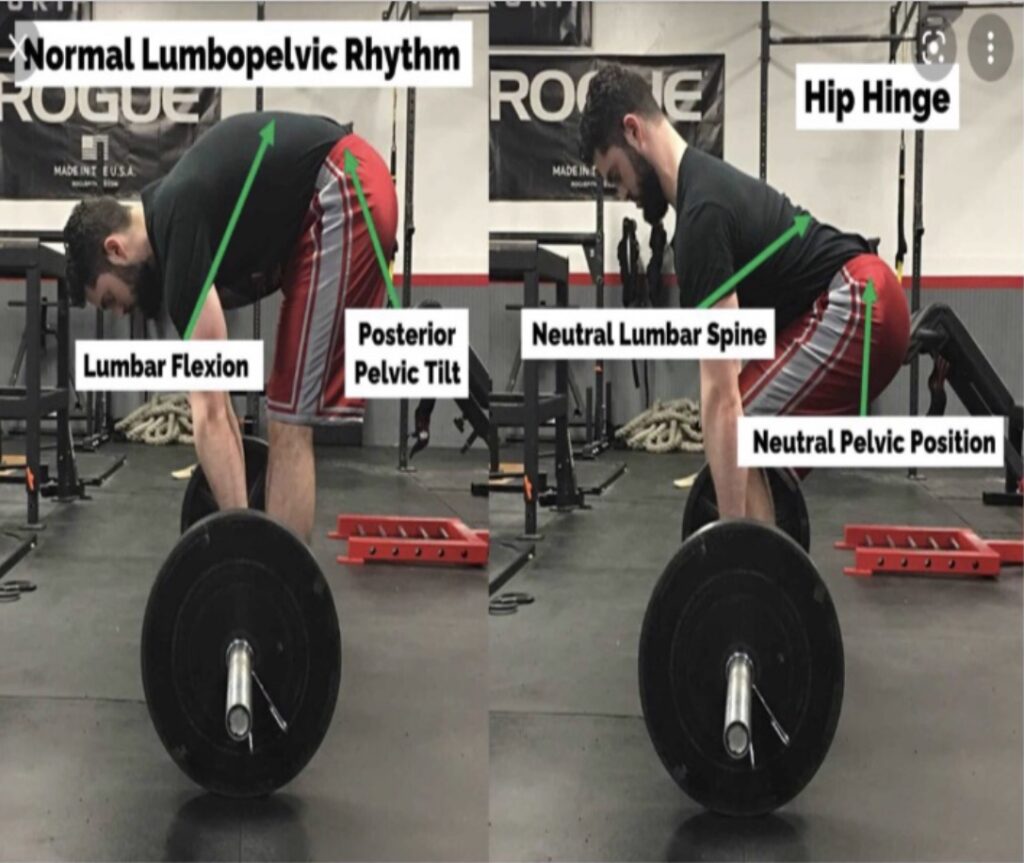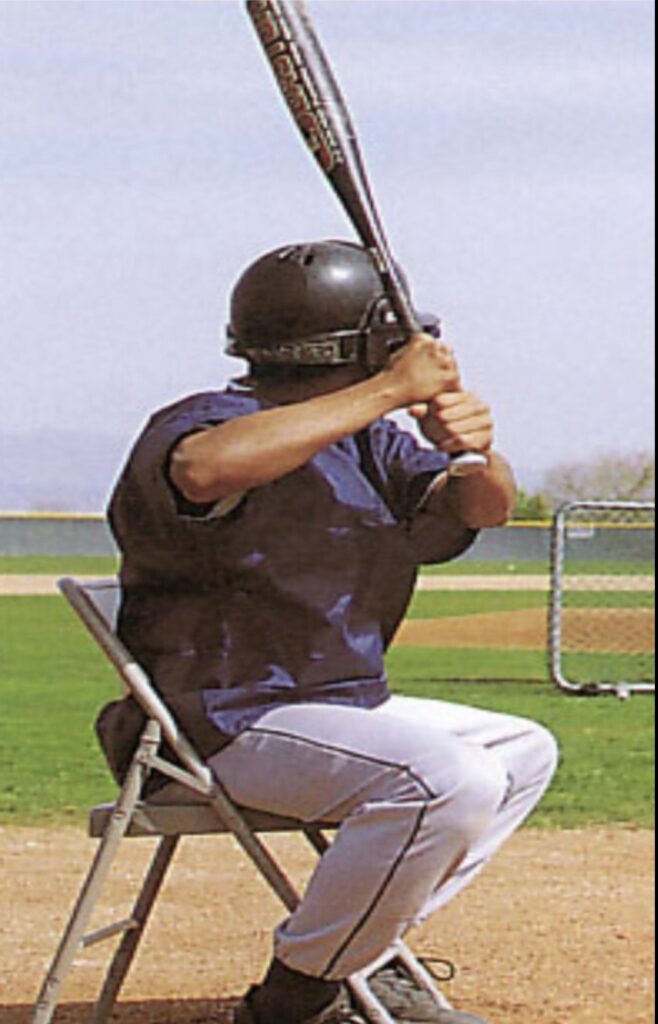This is a continuation from last week’s article on flaws on pelvis loading. CLICK HERE TO REFER TO THE FIRST ARTICLE ON FLAWS OF PELVIS LOADING.
As a reminder, in PART 1 on FLAWS, we grouped the flaws of pelvis loading into 4 categories:
- COILING BEFORE LOADING a.k.a. COUNTER ROTATION
- GETTING THE PELVIS “OUTSIDE OF THE BOX a.k.a. SWAYING
- LOSS OF GOOD POSTURE
- BAD TEMPO.
In Part 1, we discussed GROUP #1 and #2. In this article, we will discuss GROUP #3 & #4.
GROUP #3: FAILING TO SEE THE PELVIS & SPINE AS INTEGRATED & THE PELVIS ESTABLISHING THE HITTER’S POSTURE
Creating and maintaining a proper posture to create a dynamic rate of stretch or loading is essential to get the most out of the swing.
Focusing on singular structures, like the back leg to comprehend pelvis load is the BIGGEST FLAW, rather than seeing the big picture of the spine and pelvis as an integrated, interdependent and dynamic part of the kinetic movement chain of the hitter.
Hitters know inherently that they need to create stretch in order to create power and to be a good hitter.
Some figure out how to create stretch “naturally” without any instruction and just by focusing on the task and self-organizing;
others watch video or TV games and emulate their favorite hitter;
others are exposed to good instruction and training that provides “attractors”, constraints and guardrails that helps propel the developmental process;
some get cues and use drills that give them clues of movement patterns and their bodies/minds figure out how to interpret and perform the movements optimally;
and others get stuck with bad cues and bad feedback and end up doing exactly what they are told- walk away from your hands, get your foot down early, show your numbers on the back of your jersey to the pitcher, turn your back butt cheek to the pitcher, step on ice, snap the barrel rearward, etc.
FLAW #9 : LEANING BACKWARDS WITH THE UPPER BODY
Muscle slings are groups of functionally interrelated muscles; they provide proximal stabilization for distal movements. Muscles within these slings work together to produce functional strength and movement rather than relying on isolated muscle contractions.
The dilemma for most young hitters is to either step or stride with your front foot OR get all of their weight on their back leg. It is a false choice.
The best option is to learn how to load your pelvis in the right sequence. An advantage of getting balanced on the rear leg rather than stepping with your stride leg is that in order to keep your balance, it forces you to use and activate your pelvis.
The disadvantage of this one legged pose is if there is no shift of the center of mass off of the back leg – “moving the middle” and the hitter just tries to stay back with his/her COM (center of mass) on or over the rear leg, then it stalls the pelvis and forces the hitter to lean backwards with the the upper torso/trunk to stay balanced.
Leaning backwards thwarts the use of the muscle slings that facilitate rotation and transfer forces through the trunk. The pelvis load is more than just balancing on one leg and movement in the sagittal plane. Pelvic loading involves all three planes of motion; moreover, coiling the pelvis over the femur (transverse plane) and shifting the center of mass in the frontal plane. Do not lean backwards.
FLAW #10: NO DISASSOCIATION
Failing to get the shoulders and the hips to go into opposite directions. Pelvis loading is the start of the process of disassociation between the hips and the shoulders. In pelvis loading, we are looking for a differential between the hips and the shoulders – in fact, working in opposite planes.
A hitter’s ability to move their pelvis independently of their shoulders is a key physical capability. The most efficient hitters create separation of the torso and pelvis and they are able to do it in multiple planes of movement. A good reference is about 35 degrees of hip/shoulder separation, but note: it is always best to dynamically be increasing the rate of stretch throughout the loading process.
Once the pelvis is loaded, it is necessary to take a look at the shoulder/spine angle and plane (also referred to as posture) and figure out how to continue to dynamically increase the rate of stretch.

FLAW #11: BENDING AT THE WAIST, FLEXING THE SPINE, OR LEANING WITH THE TORSO
Instead of activating the glutes and the hamstrings of the posterior chain, some just bend at the waist and using the spinal erectors to lengthen and lean forward with the trunk.


It is so important to keep the head in line with the spine. It is also important to have flexibility in the hips to perform relative movements rather than just “dumping” or bending the pelvis forward without any stability in the low back.
Some coaches use the cue or feel drill for pelvic loading as sitting in a chair.
But as you notice in the photo, that even though the hitter is sitting in the chair, his pelvis is not loaded.

GROUP #4: NOT UNDERSTANDING THE TEMPO OF PELVIS LOADING, PAUSING, STALLING OR RELEASING THE TENSION TOO EARLY
The tempo of load to swing is 5:1, with the pelvis load starting at pitcher’s hand break until the ball is 10-12 feet away from home plate and the swing being executed in 12/100ths of a second.
FLAW #12: NO TEMPO
Good hitters not only learn HOW to create stretch in an efficient way but also know WHEN to create it. Hip-shoulder separation is important and how you create it matters; a hitter like Mike Trout is dynamic by getting a “little stretch” like 12-15 degrees in the beginnings of his pelvis load and then he creates MORE (like 12-15 more degrees) as he moves his center of mass. With good hitters, there is no creating an “X” with transverse counter rotation of the shoulders; instead there is an absence of counter rotation of the trunk and shoulders, instead loading the arms, torso against a dynamically loading pelvis and still getting optimal stretch/separation.
What separates greatness from mediocrity in the skill of hitting — MILLISECONDS. MILLISECONDS & inches are the difference between great and average. The best hitters maintain AND increase the pelvis load and tension until the ball is 10-12 feet away from home plate.
FLAW #13: GETTING THE STRIDE FOOT DOWN EARLY
Get your foot down early pauses/stalls pelvic loading. The center of mass shifts forward via the pelvis and not by reaching or stepping forward with the stride leg or foot. Get your foot down early usually indicates that the pelvis has “dropped down” and has lost lateral tilt in the frontal plane.
Leg movements do not control the center of mass – the pelvis does. Proximal to distal sequencing. It is critical that the deep, inner myofascial structures that attach to the pelvis and are also capable of rotating the spine are loaded first and that tension be maintained from load until contact. Most of the time with young hitters, when they get their stride foot down , their pelvis stops moving altogether, and most times getting the stride foot down early means a total loss of tension in the paraspinal and myofascial structures.
When the hitter makes just a stride foot move, it usually results in a dead stop of the pelvis load resulting in a loss of kinetic energy from the load of the pelvis. Most hitters who get their front foot down early become overly dominant on their torso to complete the swing because they have lost the kinetic energy from their pelvis as a result of breaking the kinetic chain by stopping the load of their pelvis.
In hitting, the concept of proximal to distal sequencing applies. The legs are dependent on the loading forces of the pelvis, not the other way around. All elite hitters load via their pelvis as opposed to translating weight with their legs in either a stepping motion or a directly lateral motion (hip slide).
Get your foot down early is the exact opposite of good pelvic loading. By getting your foot down early, it is meant that the incoming pitch is not 10-15 feet away from home plate; so at any point before the 10-15 foot mark is considered early.
Analyzing, assessing and figuring out how the hitter loads gives valuable insight into how the hitter “likes” to generate their power.
Keep studying and learning how biomechanics affect your swing and influence your performance. See the big picture of the spine and pelvis as an integrated, interdependent and dynamic part of the kinetic movement chain of the hitter. Give your own twist to this. PURSUE EXCELLENCE. Somewhere deep in the movement of pelvis loading is a SWING ATTRACTOR that will help you WIN THE NEXT PITCH.
